- Over 1 million successful rentals
Car Hire Hungary
Save time and money. We compare the offers of car rental companies in Hungary on your behalf.
- Free cancellation Up to 48 hours prior to the scheduled pick up time
- Best price guarantee Have you found a better price? Let us know and we will make you a better offer.
- 24000+ pick-up locations Locations around the world
Compare Car Hire
Carrentals.co.uk offers simple and straightforward car hire comparison services. We don't add a penny to your quotes!
Car rental offers in Hungary
Whether you're looking for a small rental car or a station wagon for the entire family, we will always have a suitable vehicle for the lowest price. Below are some examples from our selection in Hungary.
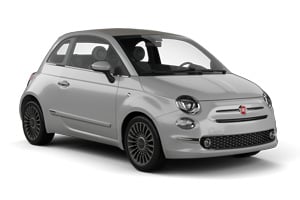
-
Klass Wagen From£ 5 /day -
Green Motion From£ 16 /day
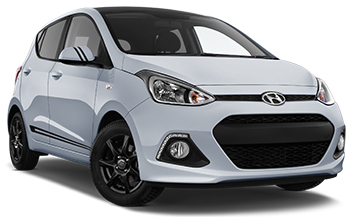
-
Klass Wagen From£ 5 /day -
Green Motion From£ 16 /day -
Hertz From£ 19 /day
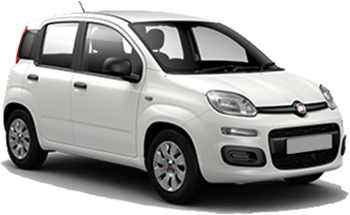
-
Dryyve From£ 9 /day

-
Dryyve From£ 5 /day -
wheego From£ 6 /day
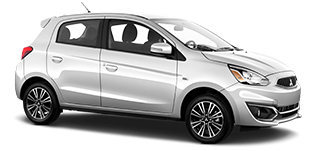
-
Dryyve From£ 5 /day
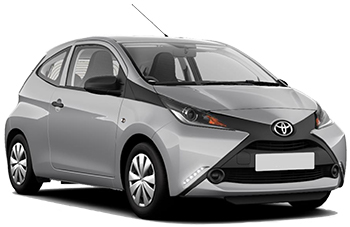
-
Dryyve From£ 9 /day -
Klass Wagen From£ 12 /day -
Budget From£ 17 /day

-
Dryyve From£ 5 /day -
Klass Wagen From£ 6 /day -
Budget From£ 12 /day
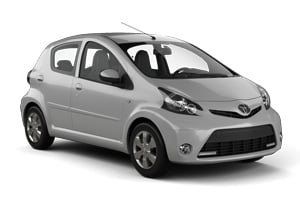
-
Dryyve From£ 6 /day

-
Dryyve From£ 11 /day
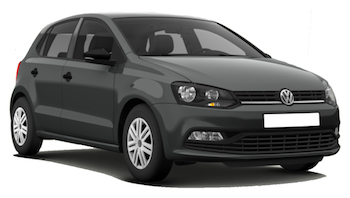
-
Klass Wagen From£ 5 /day -
Thrifty From£ 18 /day -
Hertz From£ 21 /day
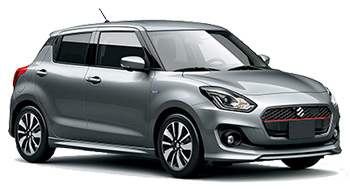
-
wheego From£ 6 /day -
Dryyve From£ 7 /day -
Thrifty From£ 18 /day

-
Dryyve From£ 9 /day -
Thrifty From£ 22 /day -
Hertz From£ 26 /day
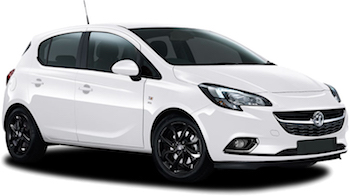
-
wheego From£ 7 /day -
Dryyve From£ 7 /day -
Carwiz rent a car From£ 8 /day

-
Klass Wagen From£ 7 /day

-
Dryyve From£ 10 /day -
Alamo From£ 20 /day -
Enterprise From£ 22 /day
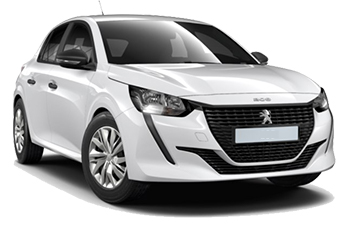
-
Klass Wagen From£ 8 /day -
Carwiz rent a car From£ 8 /day -
Green Motion From£ 17 /day
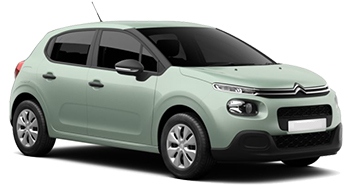
-
Dryyve From£ 17 /day -
Green Motion From£ 26 /day -
Sixt From£ 31 /day

-
Klass Wagen From£ 9 /day
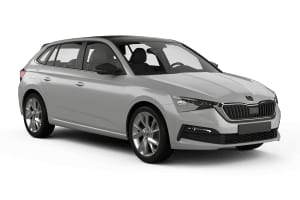
-
Klass Wagen From£ 7 /day -
Autonom From£ 23 /day -
Hertz From£ 27 /day

-
Klass Wagen From£ 7 /day -
Keddy By Europcar From£ 32 /day -
Europcar From£ 37 /day

-
Dryyve From£ 11 /day

-
wheego From£ 7 /day -
Dryyve From£ 10 /day

-
Klass Wagen From£ 7 /day -
Green Motion From£ 24 /day
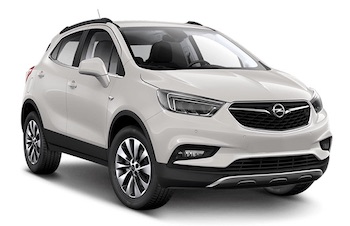
-
Budget From£ 19 /day -
Alamo From£ 60 /day -
Enterprise From£ 63 /day
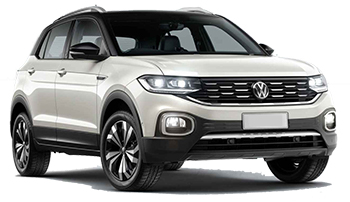
-
Klass Wagen From£ 8 /day -
Hertz From£ 29 /day -
Sixt From£ 36 /day
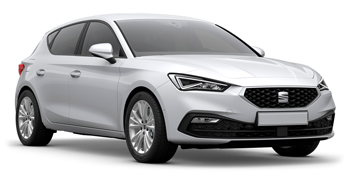
-
Klass Wagen From£ 8 /day

-
Klass Wagen From£ 20 /day -
Hertz From£ 34 /day
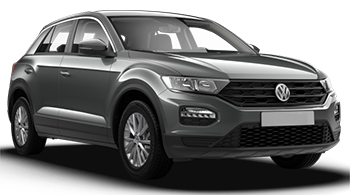
-
Klass Wagen From£ 9 /day -
Green Motion From£ 27 /day -
Schiller Rent a Car From£ 28 /day

-
Klass Wagen From£ 13 /day
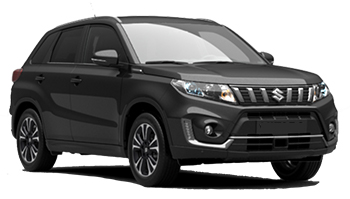
-
Dryyve From£ 20 /day -
Enterprise From£ 42 /day -
Sixt From£ 47 /day

-
Klass Wagen From£ 15 /day
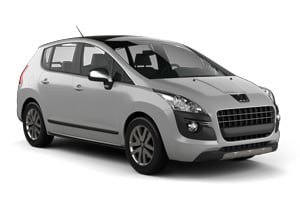
-
Klass Wagen From£ 15 /day -
Carwiz rent a car From£ 19 /day -
Green Motion From£ 34 /day

-
Dryyve From£ 21 /day
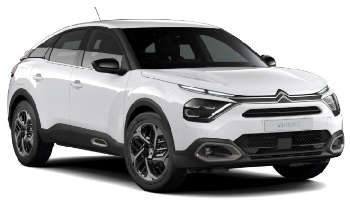
-
Dryyve From£ 16 /day

-
Dryyve From£ 16 /day -
Avis From£ 28 /day -
Enterprise From£ 39 /day

-
Dryyve From£ 23 /day
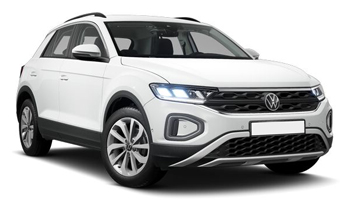
-
Klass Wagen From£ 8 /day
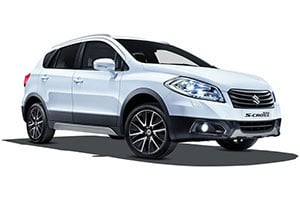
-
Dryyve From£ 15 /day

-
Dryyve From£ 18 /day

-
Dryyve From£ 15 /day -
wheego From£ 17 /day
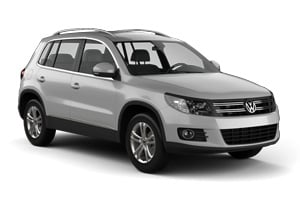
-
Klass Wagen From£ 17 /day -
Alamo From£ 50 /day -
Enterprise From£ 50 /day

-
Dryyve From£ 22 /day

-
Klass Wagen From£ 24 /day
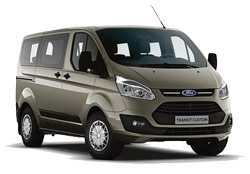
-
Budget From£ 24 /day -
Klass Wagen From£ 30 /day

-
Klass Wagen From£ 36 /day -
Alamo From£ 59 /day -
Enterprise From£ 59 /day
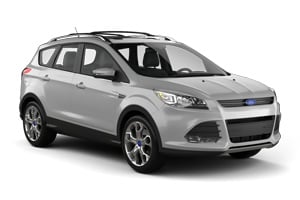
-
Green Motion From£ 44 /day
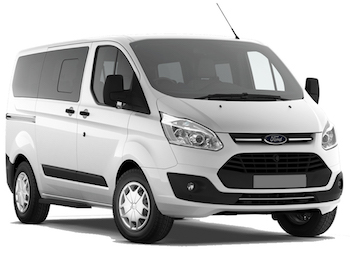
-
Green Motion From£ 46 /day -
Sixt From£ 84 /day

-
Green Motion From£ 49 /day -
Sixt From£ 92 /day
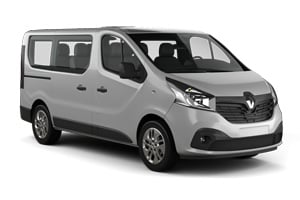
-
Avis From£ 47 /day -
Schiller Rent a Car From£ 59 /day

-
Schiller Rent a Car From£ 49 /day

-
Green Motion From£ 49 /day

-
Schiller Rent a Car From£ 56 /day
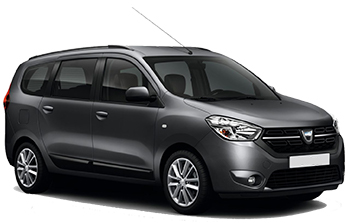
-
Autonom From£ 58 /day

-
Schiller Rent a Car From£ 65 /day -
Avis From£ 77 /day

-
Green Motion From£ 67 /day

-
Green Motion From£ 69 /day

-
Green Motion From£ 70 /day
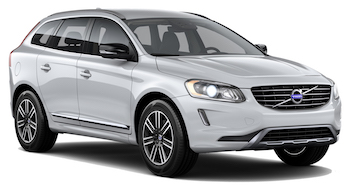
-
Green Motion From£ 71 /day -
Sixt From£ 95 /day

-
Green Motion From£ 73 /day

-
Avis From£ 75 /day -
Hertz From£ 108 /day

-
Green Motion From£ 75 /day -
Sixt From£ 100 /day
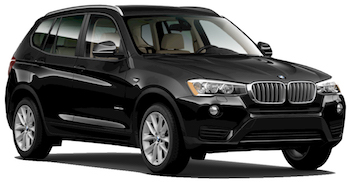
-
Autonom From£ 75 /day -
Sixt From£ 111 /day
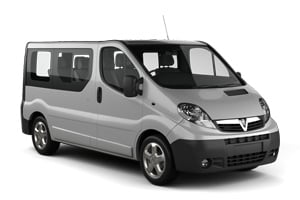
-
Hertz From£ 79 /day
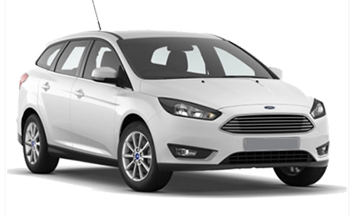
-
Klass Wagen From£ 8 /day -
Green Motion From£ 23 /day -
Hertz From£ 27 /day
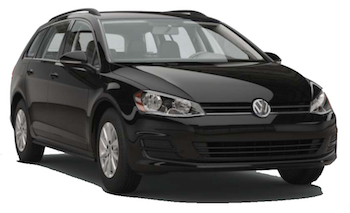
-
Klass Wagen From£ 13 /day

-
Klass Wagen From£ 20 /day -
Green Motion From£ 29 /day -
Hertz From£ 34 /day

-
Klass Wagen From£ 13 /day
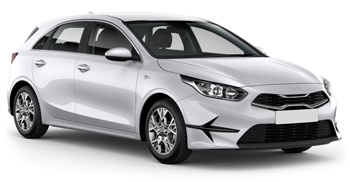
-
Carwiz rent a car From£ 13 /day -
Budget From£ 16 /day -
Thrifty From£ 22 /day

-
Budget From£ 21 /day -
Thrifty From£ 26 /day -
Hertz From£ 30 /day

-
Klass Wagen From£ 15 /day -
Europcar From£ 43 /day
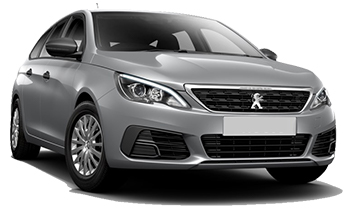
-
Carwiz rent a car From£ 18 /day
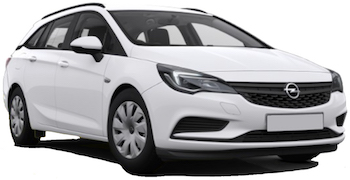
-
Alamo From£ 23 /day -
Enterprise From£ 24 /day -
Sixt From£ 44 /day

-
Budget From£ 24 /day -
Klass Wagen From£ 30 /day -
Europcar From£ 64 /day

-
Klass Wagen From£ 38 /day -
Budget From£ 42 /day
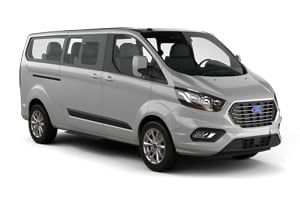
-
Green Motion From£ 46 /day -
Thrifty From£ 88 /day -
Hertz From£ 92 /day

-
Avis From£ 47 /day -
Schiller Rent a Car From£ 59 /day

-
Green Motion From£ 49 /day -
Thrifty From£ 92 /day -
Hertz From£ 96 /day
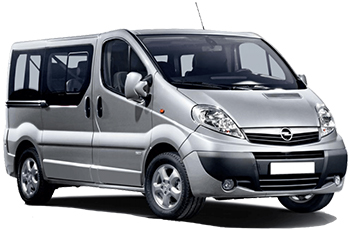
-
Alamo From£ 49 /day -
Enterprise From£ 52 /day -
Europcar From£ 60 /day

-
Alamo From£ 53 /day -
Enterprise From£ 54 /day -
Hertz From£ 79 /day

-
Schiller Rent a Car From£ 65 /day -
Avis From£ 77 /day
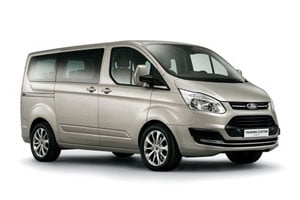
-
Green Motion From£ 65 /day -
Sixt From£ 78 /day

-
Green Motion From£ 28 /day

-
Green Motion From£ 34 /day
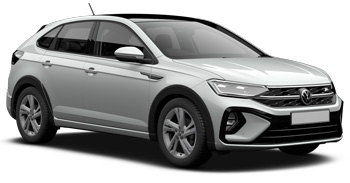
-
Klass Wagen From£ 7 /day -
Green Motion From£ 24 /day

-
Klass Wagen From£ 8 /day -
Schiller Rent a Car From£ 27 /day

-
Budget From£ 19 /day -
Alamo From£ 56 /day -
Enterprise From£ 59 /day
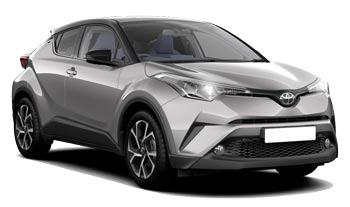
-
Klass Wagen From£ 8 /day

-
Klass Wagen From£ 8 /day -
Green Motion From£ 27 /day -
Sixt From£ 37 /day
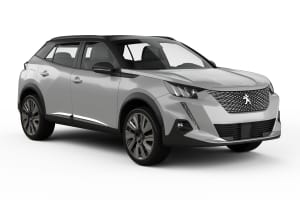
-
Budget From£ 21 /day

-
Budget From£ 15 /day -
Carwiz rent a car From£ 15 /day -
Alamo From£ 52 /day

-
Budget From£ 15 /day -
Green Motion From£ 20 /day -
Avis From£ 28 /day
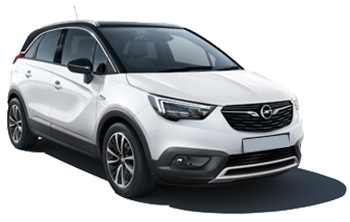
-
Dryyve From£ 21 /day

-
Europcar From£ 39 /day

When to book a rental car in Hungary
Hungary - When is the most affordable time to rent a mini class car?
At this destination (Hungary), March is the most affordable time to rent a mini class car with an average daily rate of
Hungary - When is the most affordable time to rent a economy class car?
At this destination (Hungary), January is the most affordable time to rent a economy class car with an average daily rate of
Hungary - When is the most affordable time to rent a compact class car?
At this destination (Hungary), February is the most affordable time to rent a compact class car with an average daily rate of
Hungary - When is the most affordable time to rent an intermediate class car?
At this destination (Hungary), November is the most affordable time to rent a intermediate class car with an average daily rate of
Hungary - When is the most affordable time to rent a standard class car?
At this destination (Hungary), November is the most affordable time to rent a standard class car with an average daily rate of
Hungary - When is the most affordable time to rent a full-size car?
At this destination (Hungary), February is the most affordable time to rent a full-size class car with an average daily rate of
Hungary - When is the most affordable time to rent a luxury car?
At this destination (Hungary), January is the most affordable time to rent a luxury class car with an average daily rate of
Hungary - When is the most affordable time to rent a station wagon?
At this destination (Hungary), February is the most affordable time to rent a station wagon with an average daily rate of
Hungary - When is the most affordable time to rent a SUV?
At this destination (Hungary), January is the most affordable time to rent an SUV with an average daily rate of
Hungary - When is the most affordable time to rent a MPV?
At this destination (Hungary), February is the most affordable time to rent an mpv with an average daily rate of
Hungary - When is the most affordable time to rent a minivan?
At this destination (Hungary), January is the most affordable time to rent a minibus with an average daily rate of
Hungary - When is the most affordable time to rent a convertible?
At this destination (Hungary), February is the most affordable time to rent a convertible with an average daily rate of
Hungary - When is the most affordable time to rent a delivery van?
At this destination (Hungary), February is the most affordable time to rent a van with an average daily rate of
Car rental locations in Hungary
Carrentals.co.uk compares rental car prices at the following destinations
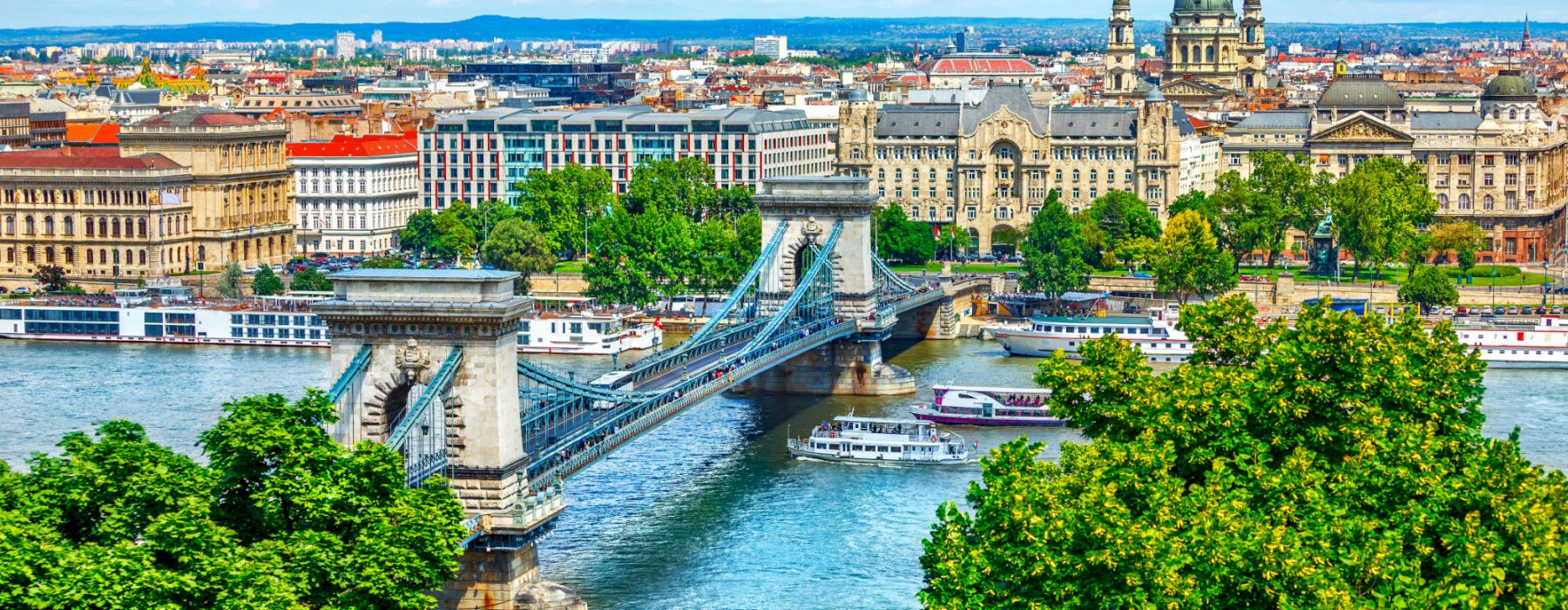
Hungary Guide
Hungary is best explored by rental car. Carrentals.co.uk has over 12 pick-up locations in Hungary. This means there is always a pick-up location close to your destination.
Most popular car hire locations in Hungary
Driving
Hungary draws millions of visitors each year with its World Heritage sites, massive lakes, biosphere reserves and historical landmarks. Its history dates back to the Roman Empire and examples of this can be seen at every turn. By car, visitors can explore the rolling plains in the Pannonian Basin, discover the North Hungarian Mountains, relax on a beach along Lake Balaton or soak in a thermal bath at Budapest’s famous Széchenyi Spa.
Driving Tips for Hungary
There are over 800 miles of motorways in Hungary, all of which are well-maintained and offer a fast way to zip around the country. All motorways are toll roads and the use of a vignette, which can be purchased online at www.ppo.hu, is required.
Driving licences: visitors from the UK can drive here with their UK photo licence.
Which side does Hungary drive on: the right.
Speed limits:
Motorways: 68-80mph (110-130kph)
Rural areas: 55mph (90kph)
Built-up areas: 31mph (50kph)
Alcohol limits: Hungary has a zero tolerance law. Offenders face fines or legal proceedings.
Driving age: 17 years.
Seatbelts: all passengers must wear a seatbelt at all times, if fitted. If a child is less than 4.9 feet (1.5m) tall, they cannot ride in the front seat unless in a secure child seat with the front airbag deactivated. Children riding in the rear who are below 4.43 feet (1.35m) in height must be in a child seat.
Mobile phones and GPS: mobile phones can be used with a headset or hands-free kit. Using GPS is allowed.
Cost of fuel in Hungary: petrol costs are on par with those in the UK.
Car hire and fuel payment: credit cards are accepted at all petrol stations and are required at car hire depots. If you are travelling from the UK, be sure to notify your card supplier beforehand that the card will be used abroad.
Insurance: third-party insurance is mandatory and included with all car rentals. Excess insurance is optional.
Traffic and parking: driving in Budapest can be tricky as parking is scarce and traffic is heavy. Parking regulations are strict and parking illegally may result in a clamp. It is best to park in a parking lot, with most main attractions outside of the capital offering free parking.
Transport
Trains
Frequent trains arrive in Budapest from all over Europe. The domestic train network is star-shaped, coming out from Budapest in all directions. Tickets within Budapest start at around £1.00, with many travel cards and deals on offer. Intercity trains are fast, while other trains can be quite slow. For timetables and tickets, visit Hungarian State Railways.
Taxis
Taxis are readily available in all major cities and tourist sites, but drivers do not always speak English. Many parked taxis do not belong to a company and charge more, so it is best to call and arrange for a pick-up. Regular taxis charge by the kilometre (0.6 mile) or by a fixed rate. A standard trip in Budapest can cost between £3.20 and £9.60 but check the price before hopping in.
Buses
Buses from other European countries enter Hungary and all stop in Budapest, with Volanbusz one of the main providers. Travelling within Hungary by bus is very affordable, with ticket prices calculated on the distance travelled – a 100km journey will be around £6.20. Often bus travel is just as fast as travelling by regular train, but buses are quite often delayed. Still, nearly all destinations within the country are accessible by bus, and most cities have an inner-city bus network.
Ferries
Hydrofoil ferries run along the Danube River from Vienna (Austria) and Bratislava (Slovakia) from May to November. Inter-city riverboats also operate between Budapest and a few towns, and dinner cruises are available in Budapest. For information on riverboats, visit Mahart Passnave.
Airports
The main international airports in Hungary are Budapest Ferenc Liszt International Airport (formerly called Ferihegy Airport), and Airport Debrecen, in Debrecen. Budapest airport lies 16 km from the Capital City and hosts services from a large range of regular service providers, including British Airways (from Heathrow), Air France, Ryanair, EasyJet and many other carriers from Europe.
Explore
Exploring Hungary
Most visitors start their Hungarian holiday in Budapest, as this is the main hub of the country and one of its biggest draws. Here, visitors will find some of the country’s most famous landmarks, including the Royal Palace (Királyi palota), Matthias Church (Mátyás templom) and Fisherman's Bastion (Halászbástya).
To the west is the Lake Balaton region, home to Central Europe’s largest lake and its namesake, as well as Hungary’s best thermal spas and the most popular holiday resort town, Siófok.
The Great Hungarian Plains are home to the country’s second largest city, Debrecen, and the city of Kecskemét, which is famed for its secessionist architecture and magnificent collection of museums.
Northern Hungary is a big draw thanks to the beautiful karst caves in Aggtelek and the fantastic Tokaj-Hegyalja wine region. The UNESCO World Heritage site of HollókÅ is also a key destination here.
The ancient Roman Transdanubia which covers most of the western half of Hungary is home to Esztergom Basilica, the Baroque city of GyÅr, the renowned Castle Hotel Puchner and the Early Christian Necropolis of Pécs.
Weather
The Great Hungarian Plains receive the harshest weather, with cold winters and hot summers. Transdanubia sees the most rainfall, although the south, near Pécs, is the warmest part of the country. Budapest’s weather is somewhere in the middle, with summer temperature averages of around 26°C and winters experiencing average lows of -3°C.
Practical information
-
CurrencyHungarian forint
-
Driving directionRight
-
City speed limit50 km/h
-
Freeway speed limit90 km/h
-
LanguageHungarian
-
Popular car categoryMini
What most people want to know
The following questions and answers are a selection of the most popular questions. If you do not find the answer to your question, have a look at the Frequently Asked Questions page or contact us.
- Alamo
- Sixt
- Hertz
- Enterprise
- Europcar
- Budget
- Avis
- Dryyve
- Thrifty
- Flizzr
- Buchbinder
- Green Motion
- U-Save Auto Rental
- Klass Wagen
- wheego
- Megadrive
- Carwiz rent a car
- Global Rent a Car
- GLOBAL Rent-a-Car
- Schiller Rent a Car
- Autonom
- Dollar Rent a Car
- Your Rent
- Active Car Rental
- National Car Rental
- Keddy By Europcar
- Fox Rent A Car
- ORYX Rent A Car
- Fleet Rent a car